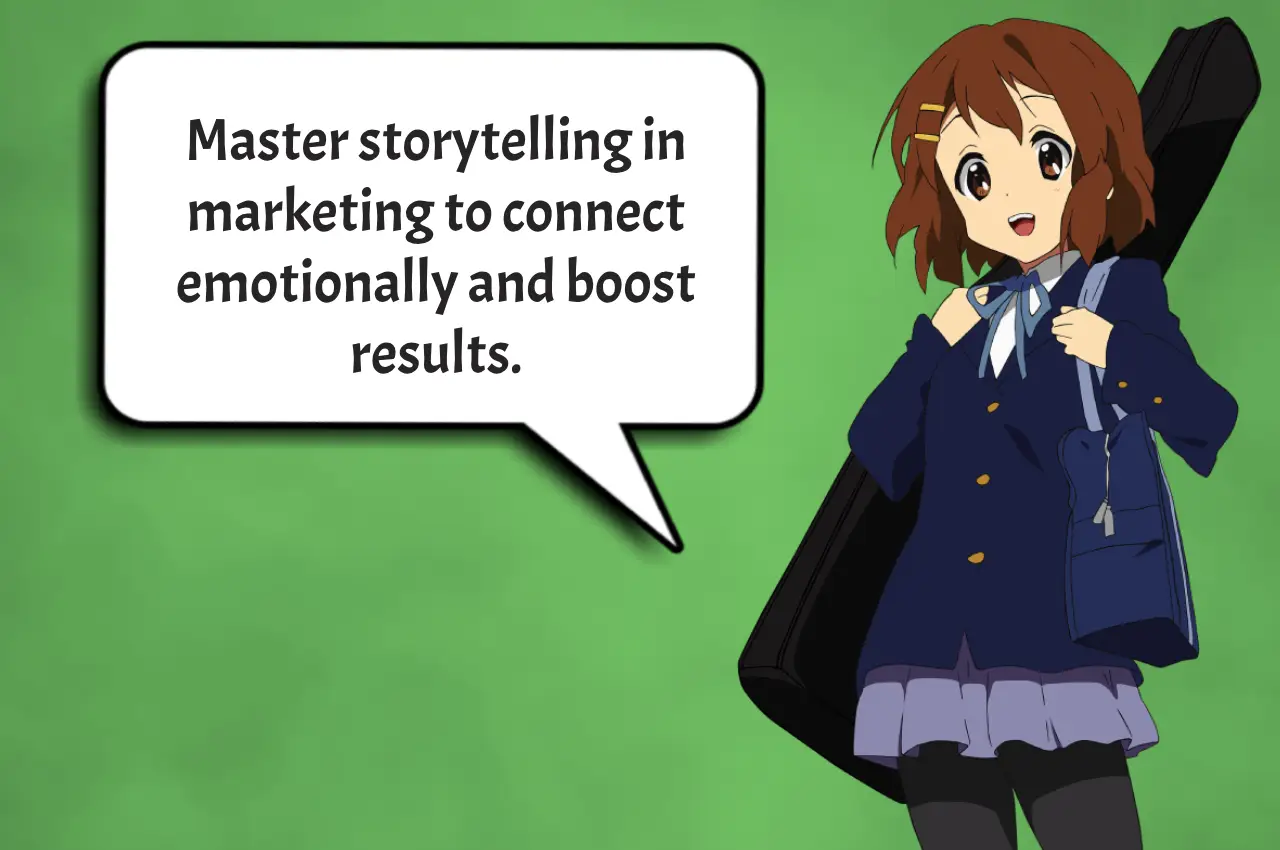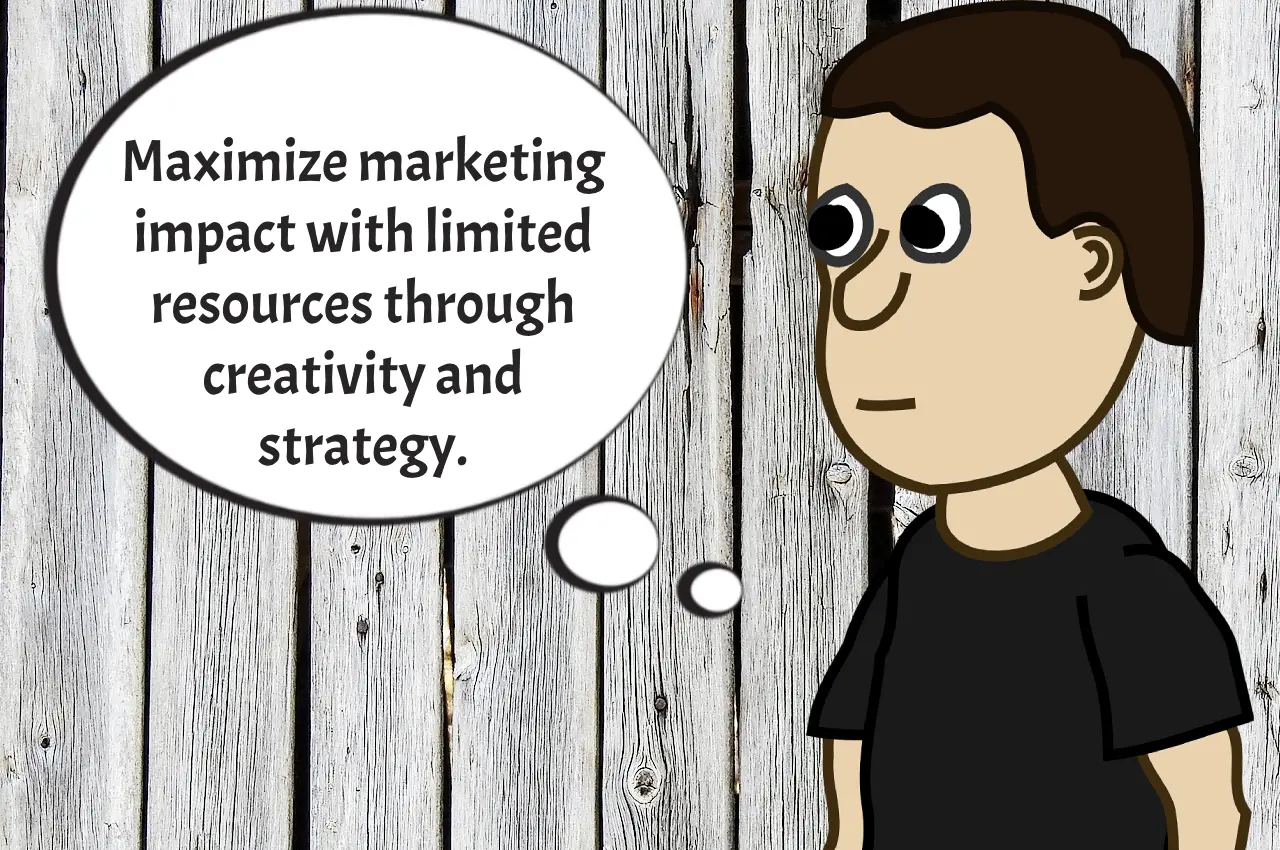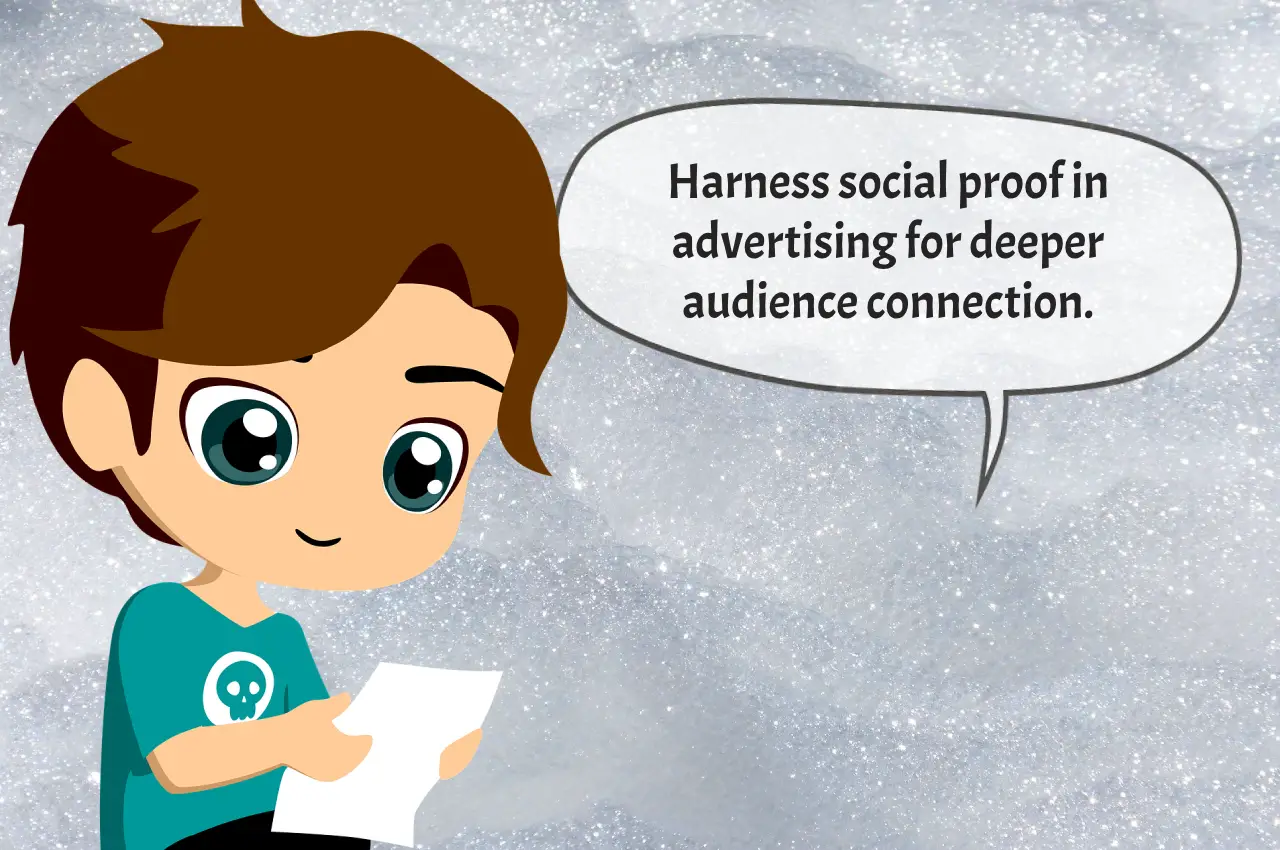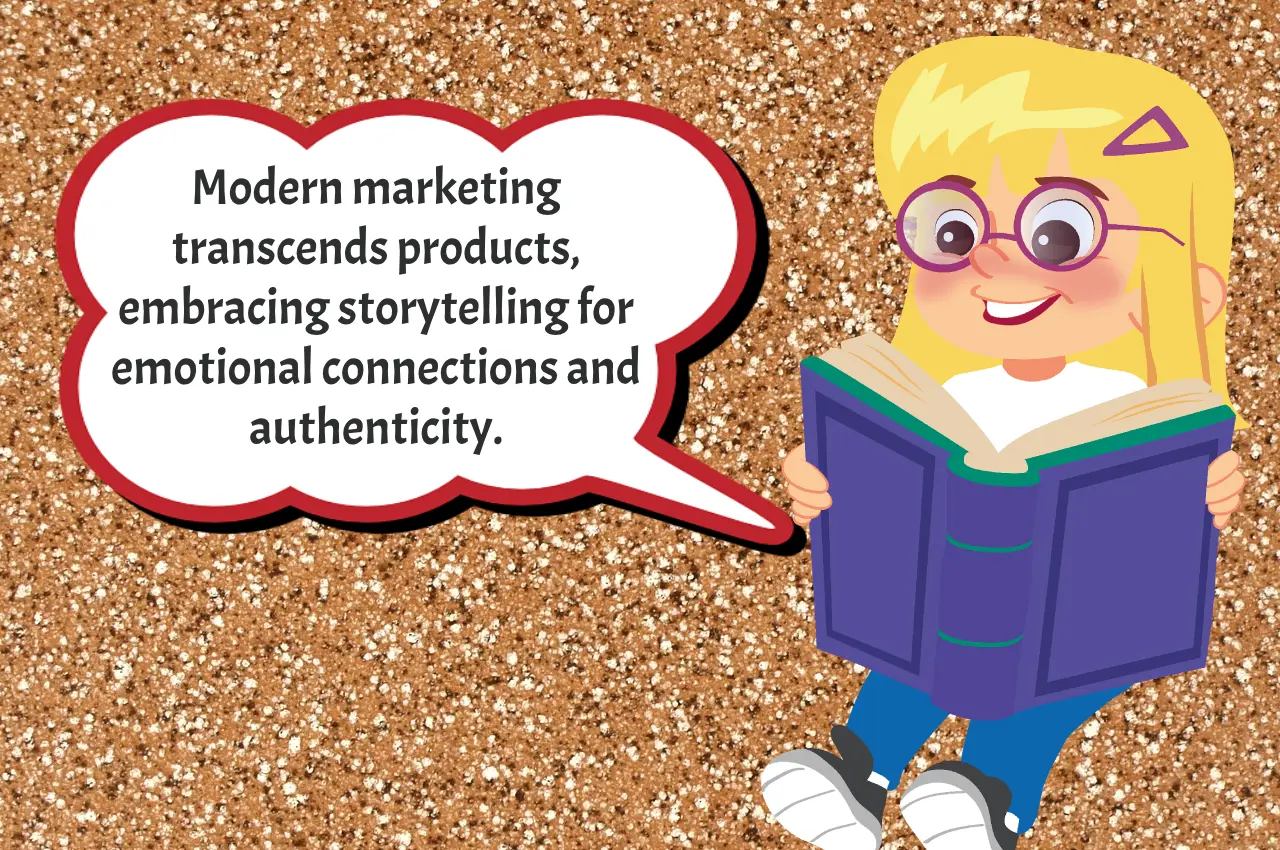Storytelling is an ancient art form that has transcended time and culture, weaving its way into the fabric of human communication. From the earliest cave paintings to the latest blockbuster films, stories have captivated and inspired us. In today’s digital age, mastering the art of storytelling is not just a skill—it’s a necessity for effective marketing. So, let’s embark on a journey to explore the intricacies of storytelling in marketing and how you can harness its power to connect with your audience on a deeper level.
Understanding the Essence of Storytelling in Marketing
At its core, storytelling in marketing is about creating meaningful connections with your audience by conveying your brand’s values, mission, and offerings through compelling narratives. It’s not just about selling a product or service; it’s about engaging emotions, sparking curiosity, and building trust.
Consider the iconic Coca-Cola advertisements, which often feature heartwarming stories of friendship, love, and unity. Instead of focusing solely on their soft drinks, Coca-Cola uses storytelling to evoke feelings of happiness and nostalgia, establishing an emotional bond with consumers.
The Elements of Effective Storytelling
To master the art of storytelling in marketing, it’s essential to understand the key elements that make a narrative compelling:
Character: Every great story has a relatable protagonist that the audience can connect with. Whether it’s a customer success story or a brand mascot, characters humanize your brand and make it more relatable.
Conflict: Conflict drives the plot forward and creates tension, keeping the audience engaged. In marketing, the conflict could be a problem or challenge that your product or service solves for the customer.
Resolution: A satisfying resolution provides closure and reinforces the value of your brand. It demonstrates how your product or service can alleviate the customer’s pain points and improve their lives.
Emotion: Emotions are the heart of storytelling. By tapping into emotions like joy, sadness, fear, or hope, you can create a powerful connection with your audience and leave a lasting impression.
Crafting Your Brand Story
Your brand story is the foundation of your marketing efforts—it’s what sets you apart from the competition and resonates with your target audience. Here are some tips for crafting a compelling brand story:
Know Your Audience: Understand who your audience is, what they care about, and what motivates them. Tailor your story to resonate with their values and aspirations.
Be Authentic: Authenticity breeds trust. Share the real, human side of your brand, including your triumphs, challenges, and core beliefs. Authenticity builds credibility and fosters genuine connections with your audience.
Keep It Simple: Don’t overwhelm your audience with complex narratives or jargon-filled descriptions. Keep your story simple, concise, and easy to understand.
Showcase Benefits: Highlight the benefits of your product or service within the context of your story. Show how it solves a problem or fulfills a need for your customers.
Include Social Proof: Incorporate testimonials, case studies, or user-generated content to add credibility to your brand story. Social proof reassures potential customers and strengthens their trust in your brand.
The Power of Visual Storytelling
In today’s visually-driven world, visual storytelling has become increasingly important in marketing. Platforms like Instagram, TikTok, and YouTube offer powerful tools for conveying your brand story through images, videos, and animations.
Consider the success of companies like Airbnb, whose Instagram feed features stunning photos and videos of unique travel experiences around the world. By showcasing compelling visuals, Airbnb not only promotes its brand but also inspires wanderlust and adventure in its audience.
Integrating Storytelling Across Channels
To maximize the impact of your storytelling efforts, it’s essential to integrate storytelling across all marketing channels, including your website, social media, email campaigns, and advertisements. Consistent messaging and storytelling reinforce your brand identity and create a unified experience for your audience.
For example, Patagonia’s commitment to environmental sustainability is evident not only in its product offerings but also in its marketing campaigns, website content, and social media posts. By aligning their storytelling across channels, Patagonia reinforces its brand values and attracts like-minded customers.
Measuring the Success of Your Storytelling
While storytelling is a powerful tool in marketing, it’s essential to measure its effectiveness and ROI. Track metrics like engagement, conversion rates, and brand sentiment to gauge the impact of your storytelling efforts. Analyze which stories resonate most with your audience and adjust your strategy accordingly.
In conclusion, mastering the art of storytelling in marketing is a journey that requires creativity, authenticity, and empathy. By understanding the elements of effective storytelling, crafting compelling brand narratives, leveraging visual storytelling, and integrating storytelling across channels, you can forge deeper connections with your audience and drive meaningful results for your business.
Now it’s your turn to unleash the power of storytelling in your marketing efforts. Share your thoughts and experiences in the comments below, and let’s continue the conversation!





